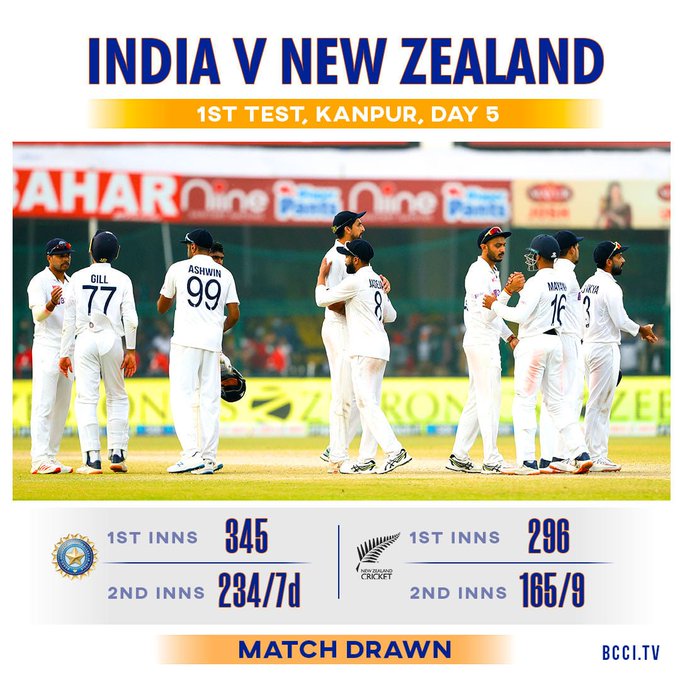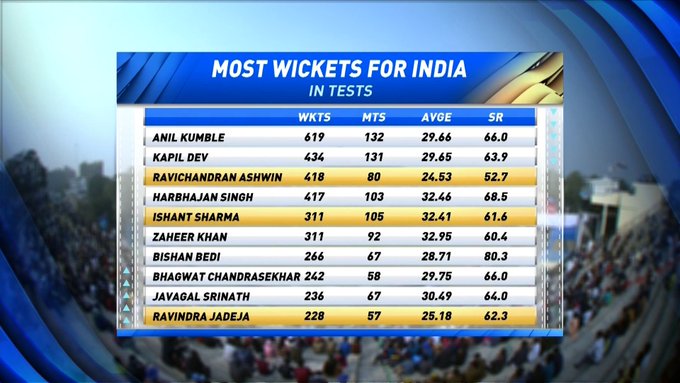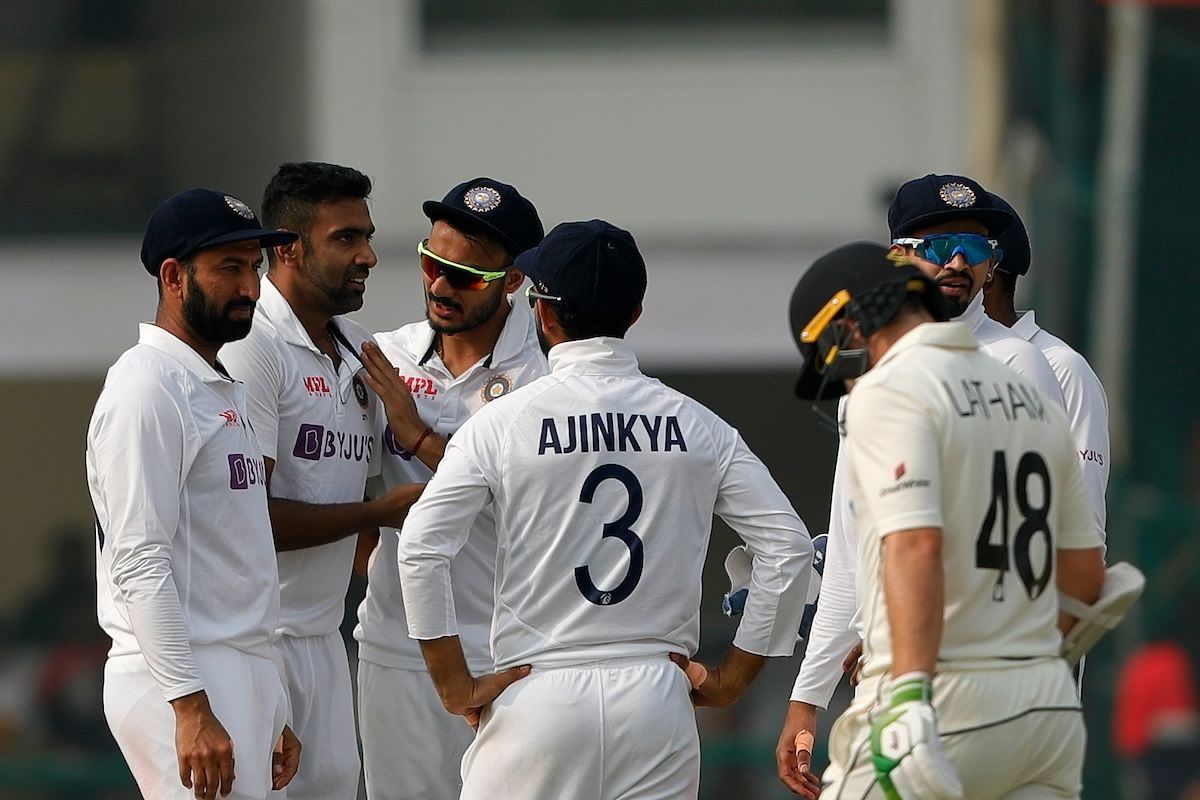
3 things Team India could have done differently in 1st India vs New Zealand Test
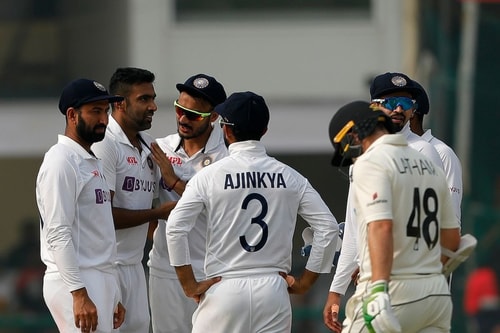
The first Test between Team India and New Zealand in Kanpur ended in a nail-biting draw on Monday. Set to chase 284, the Kiwis hung on by the faintest of margins, escaping with a draw after losing nine wickets.
Neither side dominated the Kanpur Test, with the momentum of the match swinging either way on all five days of the match. Although the game ended in a draw, New Zealand will be happier of the two sides. They go to Mumbai with the scoreline reading 0-0 after coming precariously close to losing the Test.
Team India will reflect on the draw as a lost opportunity. There were many moments in the game where they could have seized the initiative but instead allowed New Zealand to keep coming back.
Did Team India miss a few tricks in the first Test?
When a team comes tantalizingly close to winning a Test match but fails to cross the finish line, the finer points of the game get scrutinized even further. In the wake of Team India’s inability to clinch the first Test, we look at three factors that perhaps made the difference between a victory and a draw.
#1 Should have scored 400 runs in first innings
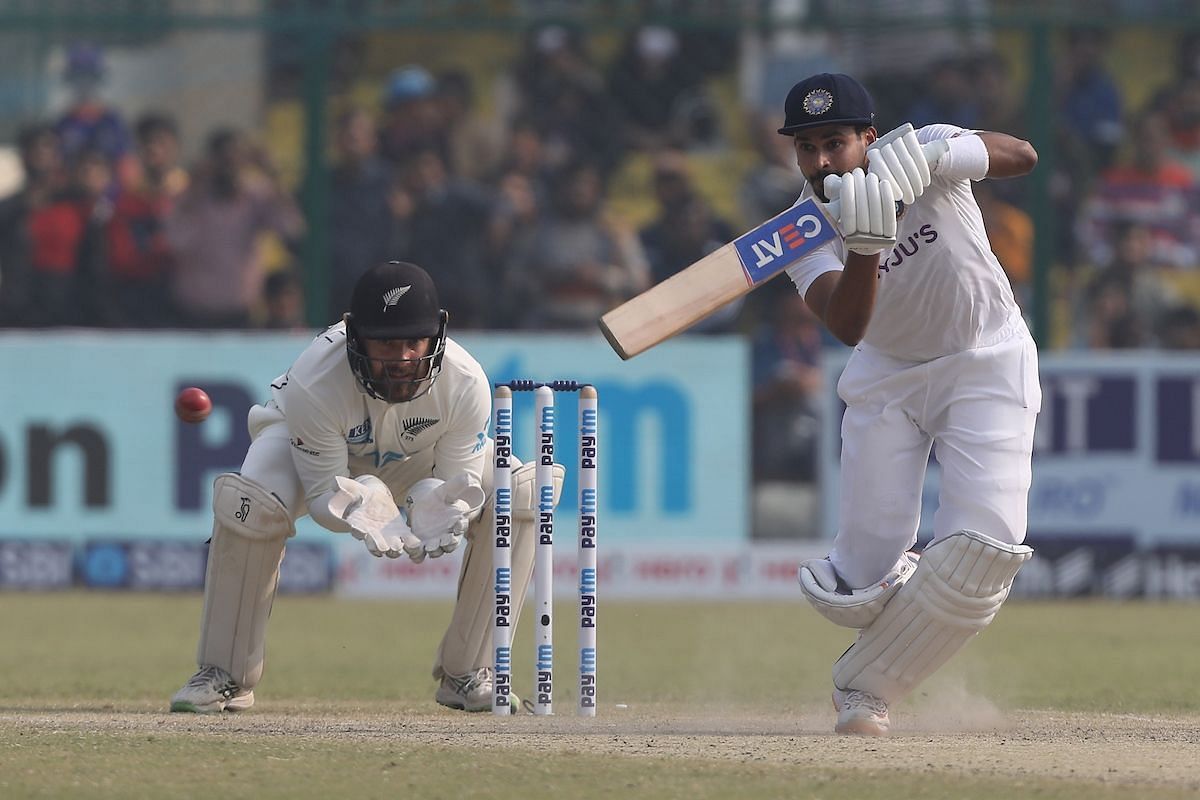
At the end of the first day’s play, Team India were well placed at 258 for 4 after winning the toss and batting first. Shreyas Iyer was unbeaten on 75 and Ravindra Jadeja on 50. The hosts should have scored 400+ from that position. However, 345 was all they managed, which basically meant Team India failed to bat the Kiwis out of the game.
Except for Ravichandran Ashwin (38), no one from the lower order contributed despite the fact that there were no demons in the pitch. Had it not been for Iyer, who scored a magnificent hundred on debut, and his partnership with Jadeja, Team India might not have even reached 350.
The bowlers fought back well to restrict New Zealand to 296. At the same time, a lead of 49 proved pretty much negligible on a surface that did not quite deteriorate on the lines of a traditional Indian Test match pitch.
#2 Needed to show intent before declaration on Day 4

This aspect of the match will be a matter of debate for sure. Team India recovered from a precarious 51 for 5 to reach 234 for 7 in their second innings. However, there was hardly any intent by Wriddhiman Saha and Axar Patel to score runs quickly in the overs leading up to the declaration.
In fact, the way the innings was meandering along, experts were wondering as to whether Team India were even thinking of a declaration. Then, all of a sudden, after 81 overs, the innings was called to a close.
Speaking at the post-match presentation, Team India head coach Rahul Dravid defended the slow batting and explained that they themselves were under pressure. He pointed out that had India lost their last three wickets quickly, New Zealand might have had more than enough overs to chase down the target.
While one can understand Dravid’s point, it does seem that Team India erred in their calculations. A few big hits here and there could have made a difference. They could have declared earlier and given the bowlers a little more time to take 10 wickets.
Former batter VVS Laxman also agreed that Team India could have declared five overs earlier. Speaking on Star Sports, he opined:
"They could have probably declared five overs before they did. I didn't see any intent from Axar Patel or Wriddhiman Saha. Yes, you wanted to get to a score which was about 234 but we all know that the last few overs is very tough for any batter, regardless of how established or new they are. So they should have bowled about five overs more yesterday and that could have been the difference.”
#3 Could have been a bit more attacking with the ball
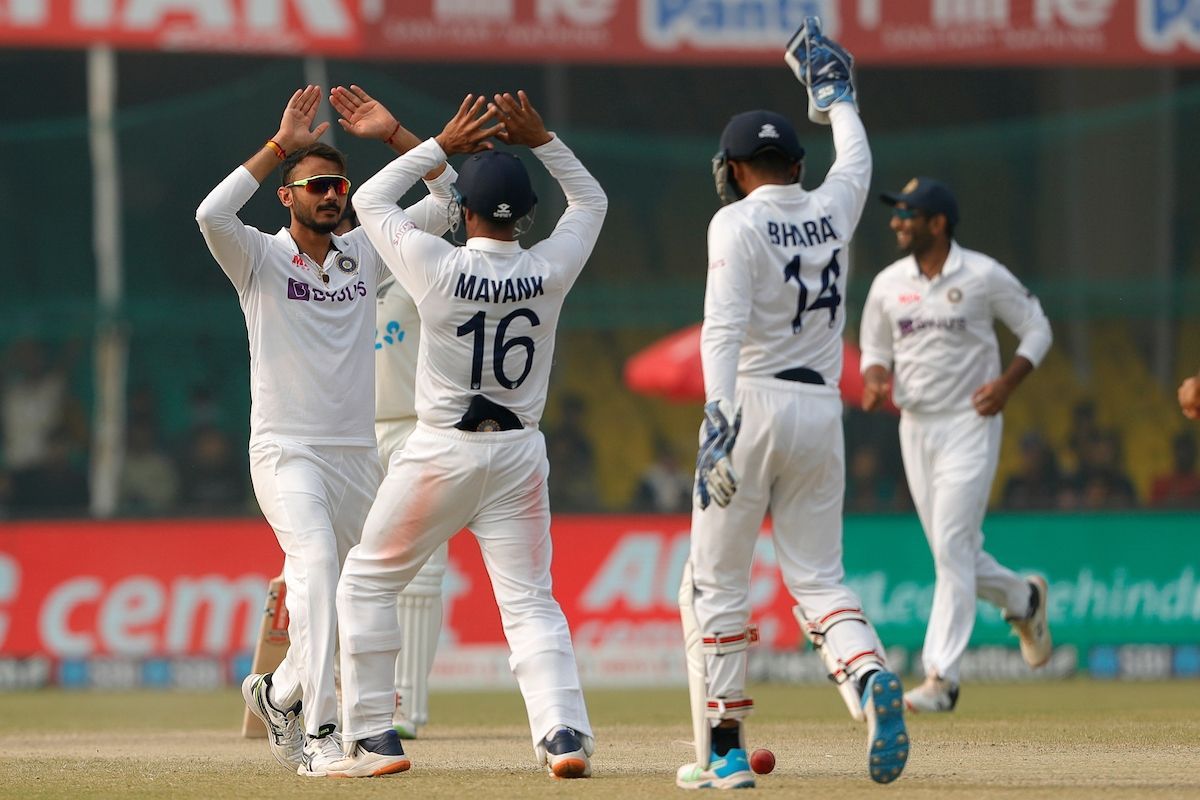
Agreed, the pitch wasn’t playing as many tricks as the usual Indian surface would in a Test match. Still, there was enough help for Team India’s bowlers. A number of wickets fell with the ball staying low and beating the Kiwi batters. While one cannot doubt India’s bowlers for their efforts, there were phases in the Test when they looked unconvincing and rather flat.
After Team India were bowled out for 345, New Zealand's openers looked in no trouble at all as they eased their way past the 150-run mark. To their credit, the bowlers fought back exceptionally well to hold the Kiwis to 296. Still, going wicketless for 66 overs is a rather glaring stat. In hindsight, the time eaten up also contributed in Team India’s failure to clean up New Zealand on Day 5.
Speaking of the final day, the hosts did not pick up a single wicket in the first session on Monday. They had a chance to go all out against nighwatchman William Somerville but instead allowed him to settle in. Again, they launched a tremendous fightback in the next two sessions. But the lack of attacking instinct in the first hour came back to bite Team India in the end.
